FS Colour Series: Dusty Lotus inspired by John Constable’s Leafy Darkness
The damp, earthy green of DUSTY LOTUS Linen brought shadowy depths into John Constable’s windswept landscapes, lending them the fresh coolness of the British countryside. Glowering, tempestuous skies hang over his brooding scenes, while the land below ripples in and out of the light, shifting from sunlit leaves to moody, cold shadows. Shifting patterns of light across land and sky fascinated him for his entire career, as he observed, “… let the form of an object be what it may – light, shade and perspective will always make it beautiful.”
Born in Suffolk in 1776, Constable was the son of a wealthy miller. The countryside of his childhood had a lasting impact on him and he would return there again and again to paint as an adult, remembering back, “the sound of water escaping from mill dams, willows, old rotten planks, slimy posts and brickwork, I love such things… (They) made me a painter, and I am grateful.” After completing school, Constable worked for a brief spell with his father, but he already knew he wanted to paint and by the time he was 23 he had entered London’s Royal Academy.
After graduating, Constable refused the offer of regular employment as drawing master at Great Marlow Military School, choosing instead to try and make it as a landscape painter. Struggling to earn a living from his pastoral scenes he made portraits solely to earn an income, all the while continuing to make his preferred landscapes on the side. In 1809 Constable formed a romantic dalliance with his childhood friend Maria Bicknell, but his father disapproved of the match and refused to allow marriage; following the death of Constable’s father in 1816 the pair eventually married in London. Constable made the canvas Wivenhoe Park, 1816, as a commission shortly before he married, earning him enough money to start a new life. There is a pervading sense of calm across the work, as sparse clouds expand across a wide sky, allowing patches of light and shade to fall across the flat, open park. A cluster of mossy green trees create depth and shadow, lending the work a mysterious drama as they reflect into the sparkling water below, reflecting something of the hopeful anticipation he brought to his new, married life.
Constable travelled around England during his honeymoon and made a stream of en plein air sketches and oil paintings, discovering how looser brushstrokes and tonal contrasts could invoke a greater emotional intensity. It is thought the evocative and expressive Flatford Mill (Scene on a Navigable River), 1816–7 was begun on location in the countryside of Constable’s childhood, although smaller details, including the boy and the horse were likely added in the studio. In this large canvas, green is the dominant colour, weaving in and out of breezy shadows and across the rugged terrain in shades of pale apple, light moss and warm earth, enveloping us with the invigorating wildness of the unspoilt countryside. Fen Lane, East Bergholt, made around 1817 in the Suffolk countryside is even more sketchy, capturing the movement of leaves swaying in a fresh wind under a foreboding sky. Another homage to green, this canvas demonstrates the artist’s acute sensitivity to the colours of nature, as a yellowing streak of grass cuts though colder patches of leafy darkness, almost slicing the canvas in half.
Constable and his wife Mary settled in Hampstead in 1819, while a period of relative financial stability followed as Turner’s reputation grew. Trees at Hampstead: The Path to Church, 1822 is a homage to the place where he settled and began family life. Turbulence and tranquillity intermingle together as an unpredictable sky glowers in the distance with sunlight and storm clouds. In the foreground, gnarled old trees brush up against one another like old friends while leaves in a dark, earthy green close in on one another, as if hiding a deep mystery within.






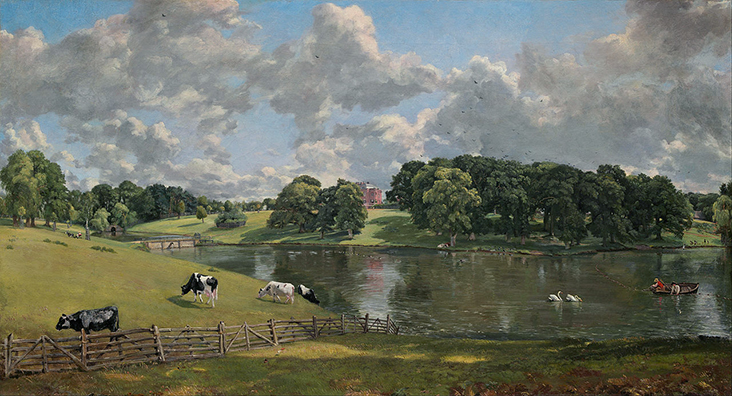
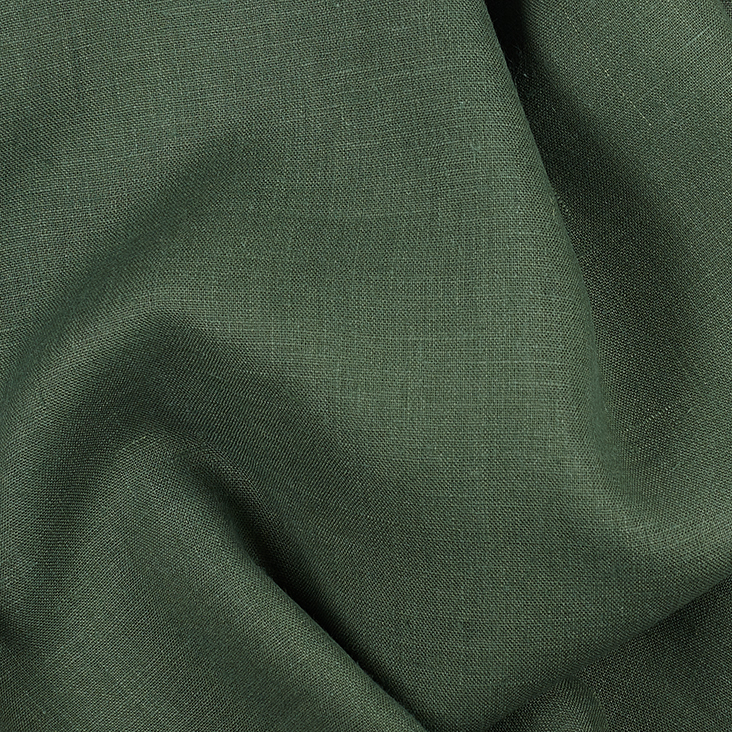
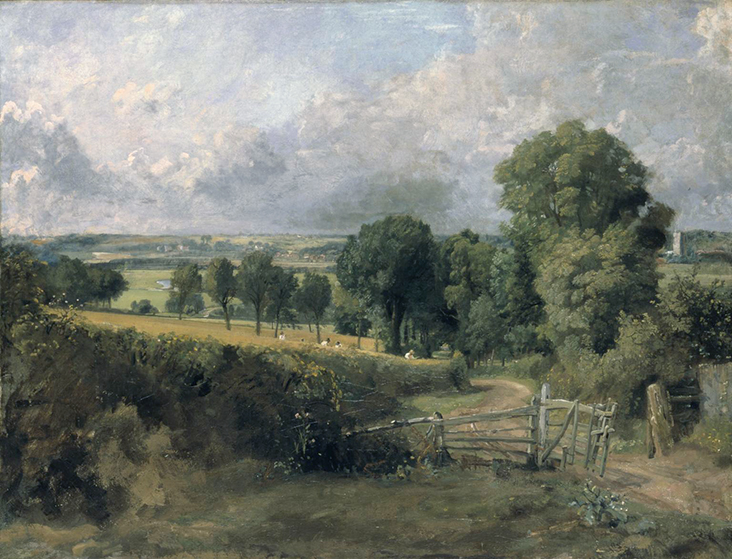
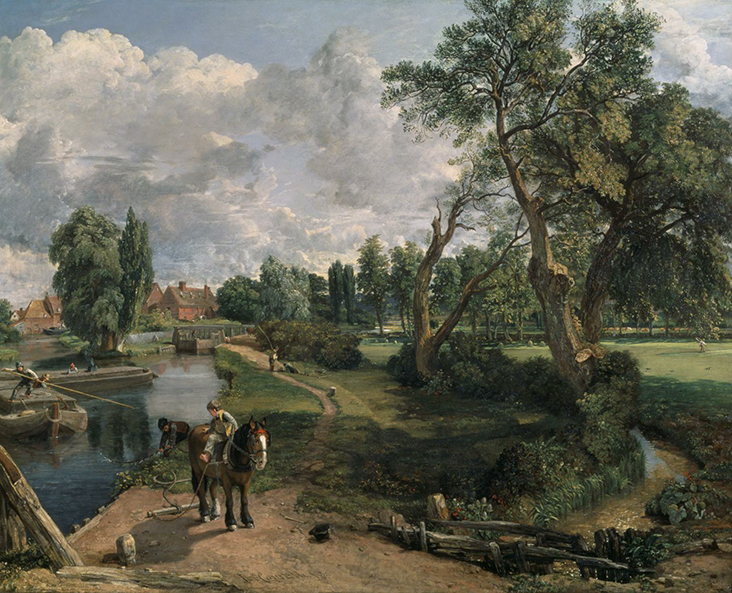
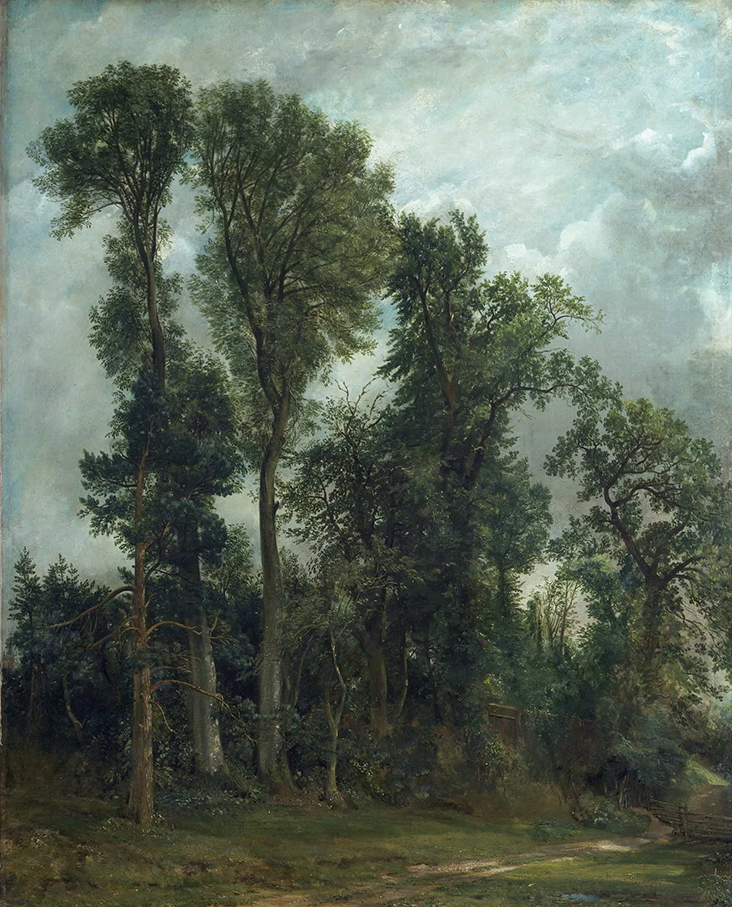







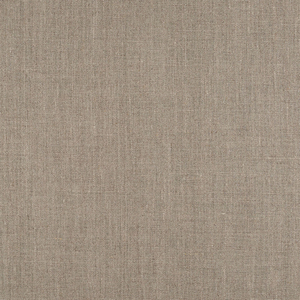

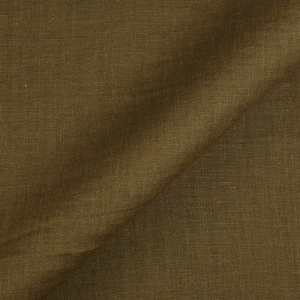























4 Comments
Susan Ray
Always a nice blend of fabric colors and art work,
Cilla Walford
I enjoy these posts! Thank you! I too grew up in East Anglia on the Suffolk coast and I love Constable’s work. Now I live on the shores of Lake Superior and I miss the smell of the sea!
Vicki Lang
What a lovely shade of green of the linen. John Constable’s paintings remind me of living in the Ozarks. These have the greens of the late summer. Beautiful, as are your words.
Vanessa Cato
This post brings back nostalgic memories. I grew up in East Anglia, and remember many day trips to Flatford and Dedham. Constable was a favourite with our family, and we loved to go to see his work at the gallery in London. My father inherited a lovely oil painted copy of one of Constable’s less known works (Girl in a red hat – except in our painting she has a white hat so it is accepted as a copy and not a fake). I inherited the painting from my father and see those beautiful trees and clouds every day.